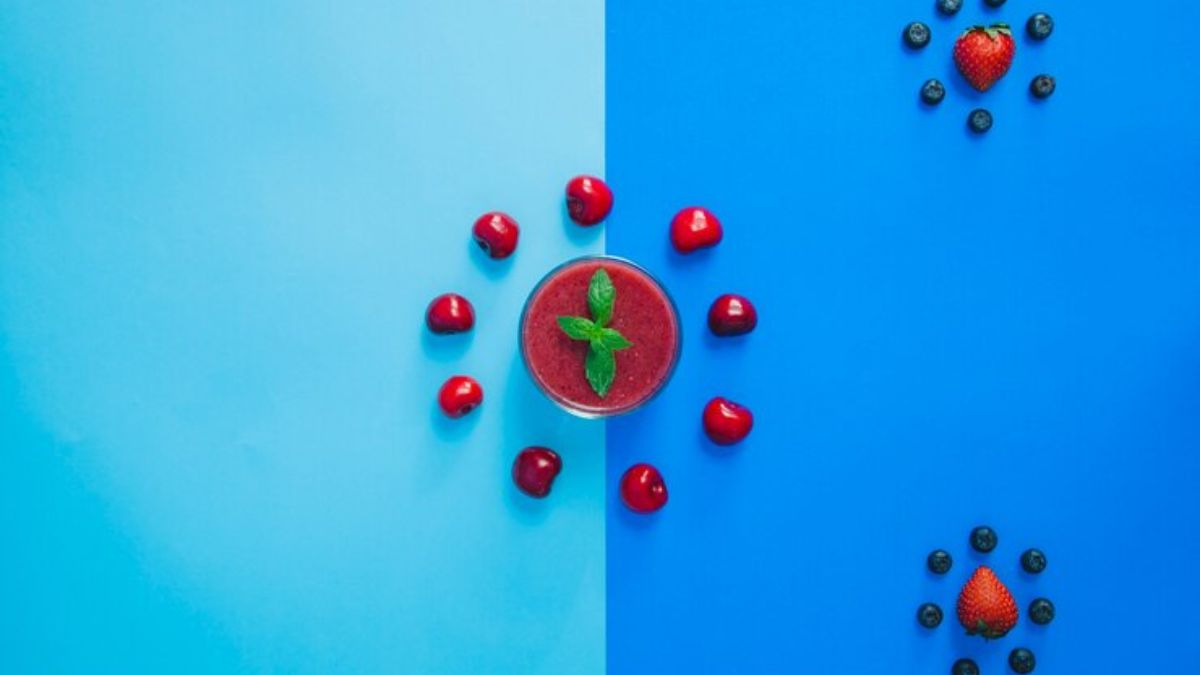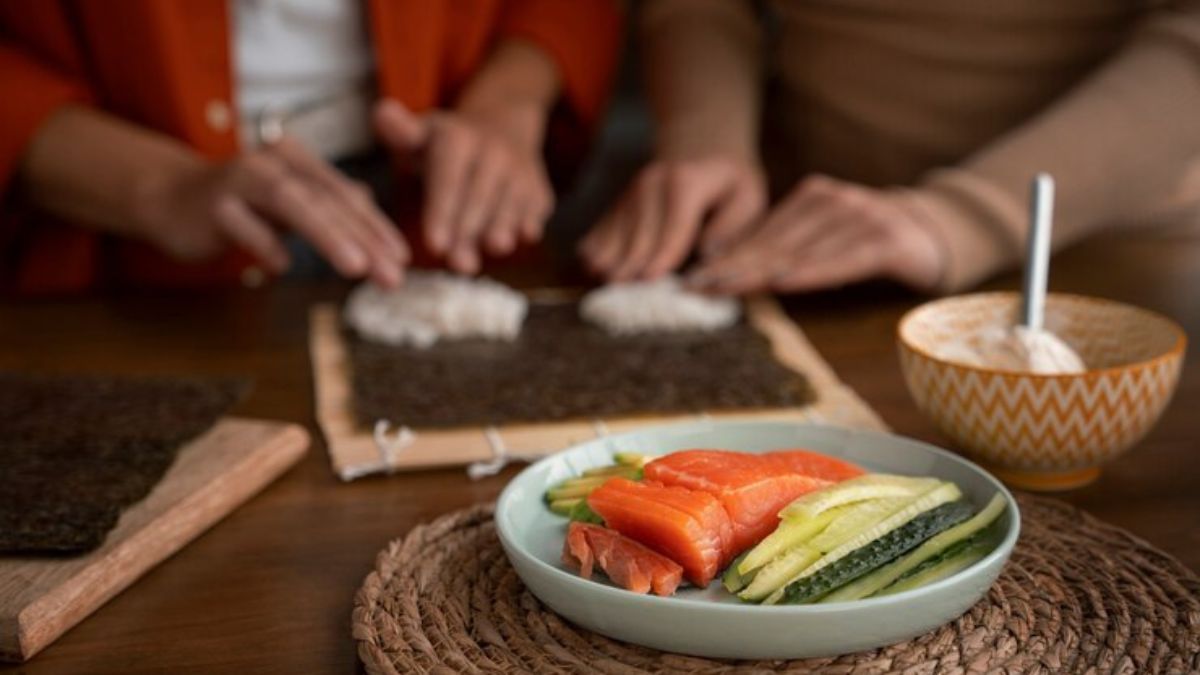Welcome to the sugary paradise of candies, where every bite is a burst of joy! From the nostalgic crunch of hard candies to the soft melt-in-your-mouth goodness of gummies, there’s a sweet treat for everyone. Candies have been delighting taste buds across generations and cultures. But what makes this world so fascinating? Whether you’re a candy connoisseur or simply looking for a bit more sweetness in your life, join us on an exploration through colorful wrappers and delightful flavors that promise to take you back to simpler times. Get ready to indulge your senses and discover the enchanting universe that lies within these little morsels of happiness.
The History and Evolution of Candy Making
Candy making has roots that stretch back thousands of years. Ancient civilizations, including the Egyptians and Greeks, crafted sweet treats from honey and nuts. These early confections were often used in religious ceremonies or as offerings.
As trade routes expanded, sugar became more accessible. By the Middle Ages, candymakers began to experiment with new techniques and ingredients. This marked a significant shift toward what we recognize today as candy.
The 19th century ushered in a revolution with the advent of industrialization. Mass production allowed for greater variety and availability of candies worldwide. It was during this time that iconic sweets like fudge and taffy emerged.
Today’s candy scene showcases an impressive array of flavors and textures, influenced by global cultures. The art continues to evolve as artisans push boundaries with innovative recipes while honoring traditional methods.
Different Types of Candies Around the World
Candies come in a vibrant array of forms and flavors across the globe. Each culture has its own unique treats that reflect local ingredients and traditions.
In Japan, for instance, you’ll find mochi—a chewy rice cake filled with sweet fillings like red bean paste or matcha. These delightful bites offer both texture and taste sensations.
Moving to Mexico, one can’t miss out on “pulparindo,” a tamarind candy blended with chili powder for a spicy twist. This combination tantalizes the palate in ways few candies do.
Meanwhile, Italy boasts “torrone,” a nougat confection made with nuts and honey, often enjoyed during festive seasons. Its rich history adds depth to every bite.
Then there’s India’s “jalebi,” deep-fried spirals drenched in sugar syrup. The crispy sweetness is utterly addictive.
Each type of candy tells a story about its origins—sweet symbols of cultural heritage waiting to be explored!
Popular Ingredients and Flavors in Candies
Candies are a delightful canvas for a wide range of ingredients and flavors. Sugar is, of course, the star player. It forms the base of most confections.
Fruit flavors often take center stage too. From classic strawberry to exotic passionfruit, these tastes bring brightness and vibrancy to candies.
Chocolate lovers rejoice! Dark, milk, and white chocolate each offer unique profiles that can be enhanced with nuts or sea salt.
Spices like cinnamon and ginger add unexpected warmth to some sweet treats. These elements create layers of flavor that entice the palate.
Then there are those quirky combinations—think bacon-infused caramel or chili-laced chocolates. Such pairings challenge traditional boundaries while igniting curiosity among candy enthusiasts.
Natural additives like honey or maple syrup also make their mark in artisanal candies, appealing to those seeking gourmet experiences without artificial ingredients.
The Art and Science of Candy Making
Candy making is a beautiful blend of art and science. Precision is key when crafting the perfect treat. Temperatures must be monitored closely, as sugar behaves differently at various stages.
A simple miscalculation can lead to a sticky mess or rock-hard candy. Chemically, sugar transforms under heat, creating delightful textures and flavors that entice our taste buds.
But it’s not just about numbers; creativity plays an essential role too. Flavor combinations are endless, from classic chocolate to exotic fruits or spices like chili pepper.
The visual appeal cannot be overlooked either. Bright colors and unique shapes draw us in, making each piece not just a confection but also a work of art.
Mastering this craft takes practice and patience, yet the rewards are sweet—both literally and figuratively! Each batch tells its own story through flavor profiles and presentation techniques.
Unique and Unusual Candies You Need to Try
When it comes to candies, the world is full of surprises. Unique treats often push the boundaries of flavor and texture. Ever tried a spicy chocolate or candy infused with wasabi? The unexpected kick will tantalize your taste buds.
Consider savory options like bacon-flavored lollipops or garlic jelly beans for something completely different. These bold choices challenge traditional sweet norms and offer a fun twist on snacking.
Don’t overlook unusual ingredients either. Candies made with matcha provide an earthy depth, while rose petal sweets introduce floral notes that are refreshing and exotic.
For adventurous eaters, seek out bizarre flavors like durian taffy or pickle-flavored gummies. They might just become your new guilty pleasure! Each unique candy tells its own story, inviting you into a delightful exploration of tastes beyond ordinary sweetness.
Health Benefits and Risks of Consuming Candies
Candies can bring joy and a little sweetness to life, but they come with their own set of health considerations. On the positive side, indulging in your favorite treat occasionally can boost your mood. The sugar rush may provide instant energy and elevate serotonin levels temporarily.
However, moderation is key. Excessive candy consumption often leads to unwanted weight gain. High sugar content increases the risk of dental issues like cavities, especially if proper oral hygiene isn’t followed.
Some candies contain artificial ingredients that might cause allergic reactions in sensitive individuals. It’s also worth noting that many candies lack essential nutrients.
While enjoying candies can be part of a balanced diet, being mindful about choices makes all the difference. Opt for options with natural ingredients when possible and keep an eye on portion sizes for a guilt-free experience.
How to Make Your Own Delicious Homemade Candies
Making your own homemade candies can be both fun and rewarding. Start with simple recipes that require just a few ingredients. You’ll need sugar, corn syrup, and flavorings for many classic sweets.
Begin by combining the sugar and corn syrup in a saucepan over medium heat. Stir continuously until it reaches a soft-ball stage around 240°F (115°C). This is crucial for achieving the right consistency.
Once heated, remove the mixture from the stove and let it cool slightly before adding any desired flavoring or food coloring. Pour into molds to shape your candies or spread onto parchment paper for cutouts.
Let them set at room temperature until firm. Experiment with various nuts, fruits, or even spices to create unique flavors tailored to your taste buds. Homemade candies offer endless possibilities—so get creative!
Fun Facts and Trivia About Candies
Candies have a rich tapestry of fun facts and trivia that can sweeten any conversation. Did you know that the world’s largest gummy bear weighs over 5,000 times more than its smaller counterparts? It’s a sugary giant that brings joy to candy lovers everywhere.
Another delightful tidbit is about M&M’s. The iconic candies were originally developed as rations for soldiers during World War II. Their hard shell prevented them from melting, making them an ideal treat in tough conditions.
Candy corn, a Halloween favorite, has been around since the 1880s! This tri-colored confection was initially produced by the Wunderlee Candy Company and has remained popular through generations.
Additionally, chocolate was once used as currency among ancient cultures such as the Aztecs and Mayans. They valued cacao beans highly; they were exchanged for goods or even services!
Ever heard of pocky? These Japanese snacks consist of biscuit sticks coated with chocolate or other flavors. They’re not just treats; they’re also part of social traditions in Japan where sharing pocky is seen as an act of love and friendship.
These fascinating insights into candies highlight their cultural significance and enduring appeal across different eras and societies. Whether it’s indulging yourself with classic favorites or discovering new treats from around the globe, there’s always something magical about these sweet delights waiting to be explored.










